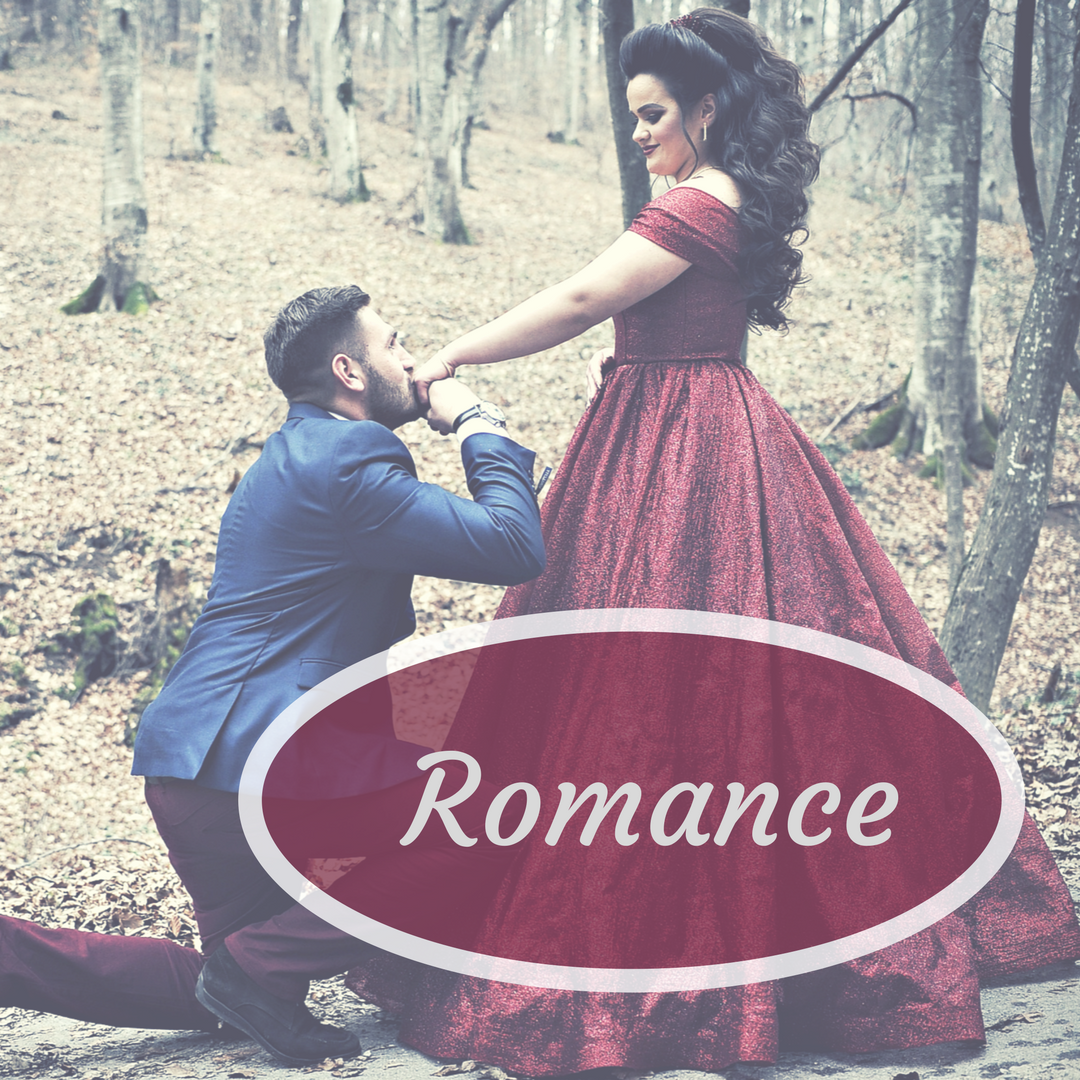The Black Moment. The Crisis. The Breakup. There are many titles for that moment when all seems lost.
No matter what you call it, every novel must have a crisis point, at which time it appears the characters will not or cannot reach their goals. The black moment needs to happen two to three chapters before the end of the story so that the characters have time to examine their open wound, recognize their flaws, and face their greatest fears. Without that time, they will not be able to move through self-evaluation toward the resolution.
The black moment cannot come out of the blue. There need to be hints from the beginning of the story. Often the wound revolves around something the hero or heroine has kept hidden or perhaps believes has healed. The black moment reopens that wound.
In Deborah Dixon’s GMC: Goal, Motivation, and Conflict, she writes, “This black moment is brought about by the external event. But it is the internal choice, the compromise, the character growth that keys the resolution.”
If you are writing multiple viewpoints, each character is on a separate personal journey with different wounds and external events and emotional issues. It needs only to be one character who withdraws to cause the breakup, which will trigger the black moment and cause both of them to believe their love isn’t enough to overcome the external obstacle. Their wound(s) have been ripped open, and they may withdraw to a place in the past where they felt safer.
The black moment leads to the internal emotional event that allows them to examine their feelings, recognize their flaws, and see how their fears are keeping them from their greatest desire or goal. Whether they are facing the realization alone or are confiding their hurts to a friend, they must come to the pivotal point that allows them to try again.
In How to Write a Brilliant Romance, Susan May Warren writes, “Every Black Moment has two parts. An event, which is the actual fear coming true, and effect, which is the following emotional and spiritual crisis.“
The resolution is the big payoff. Readers have been anticipating it from page one. Make it emotional, whether by making the reader laugh, cry, or gasp. The resolution needs to be big enough to count. The reader is expecting a satisfying ending. One in which the character grows and sacrifices. In a romance, the conflict resolution is an emotional choice.
If you reach a point in your romance where the black moment needs to happen, and you haven’t hinted at the wound or flaw, the reader feels cheated. By revealing the wound early in the story, it doesn’t surprise the reader. If it only appears at the black moment the author may have left the reader confused, puzzled, or perhaps worse, disappointed in the story.
Every story begins with a promise. In romance, that promise is a satisfying ending that makes the reader believe all is right with the hero and heroine’s world. As the reader closes the book, we want them to feel they have experienced their journey to find love. A satisfied reader will return for more of your books.

Award-winning writer, Rose Gardner’s journey toward publication has come in two phases. During the early years, she was a finalist in thirteen contests and won her category in seven, was a 2007 RWA Golden Heart finalist in the Long Contemporary Category, and 2nd runner up in the 2008 Harlequin Super Romance Conflict of Interest Contest. After a break from writing, she returned to writing with a renewed focus on clean, contemporary heartwarming stories about love, hope, healing, and the power of forgiveness. She has won or placed in several contests for unpublished writers since 2017 as she works toward publication. You can find out more about Rose at her website mrosegardner.com or on social media at Facebook at MRoseGardner/, Twitter MaryGardner6, Instagram mrosegardner/





No Comments